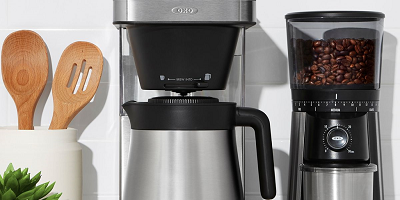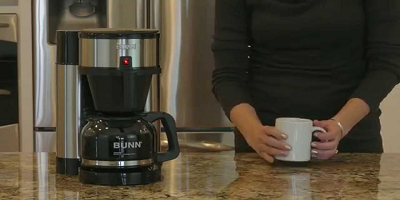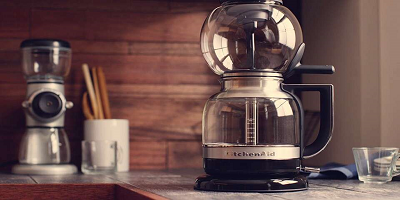It’s not easy to brew excellent coffee. Coffee grounds need to be struck by hot water for an optimum period. The water must be within a specific temperature choice. Just a handful of drip coffee makers will take this kind of alchemy away. And those that don’t (which is the overwhelming bulk) serve pots that just taste bad.
We’ve noticed several notable exceptions on the market, so if you want to make perfect lattes, make iced coffee or transform coffee beans into an ideal cup of freshly brewed coffee, you don’t need to spend a mint to get the finest coffee maker.
Oxo Brew 8-Cup Coffee Maker

The Oxo Brew 8-Cup Coffee Maker provides coffee that tastes just like good coffee from our former favorite, the Bonavita Connoisseur, but Oxo’s new brewer is more wisely built. This drip machine is also fitted with a special single-cup bottle cap for Kalita Wave filters. The Oxo Brew is lightweight, stylish, and also robust, plus a thermal carafe that doesn’t leak or spill.
Bunn Velocity Brew BT

Those who are in a rush to get a lot of coffee will love the fast brewing time of this coffee maker. The Bunn Velocity Brew BT Drip Coffee Maker with its stainless thermal carafe wraps up a big coffee pot of joe at an impressive clip. In as little as 3 minutes, 33 seconds, the coffee maker will produce lots of delicious beverages.
KitchenAid Siphon Brewer

It’s hard to find a coffee maker that beats the unusual combination of show and efficiency of the KitchenAid Siphon Brewer. It makes a coffee pot of distinctly dark, deep, and seductively tasty coffee. Its vintage brewing process concentrated on vapor pressure and vacuum suction, is also captivating to watch. No paper filters are required as the Siphon Brewer comes with a reusable stainless filter.
Evaluating the output of a coffee maker is trickier than it may sound. The first step is to know what great drip coffee is. According to the Specialty Coffee Association, some requirements are important to the consistency of java brewing. These are mostly brewing time and the temperature of the water. Hot water can have interacted with the grounds for not less than four minutes and not more than eight minutes. Besides, the optimal water maximum temperature is between 197 degrees Fahrenheit (92C) and 205 degrees Fahrenheit (96C).
To check how each coffee maker meets this task, we log the duration of their brewing cycles. We often use thermocouple heat sensors attached to commercial data loggers. This helps us to increase the temperature within the ground coffee while the brewing process is ongoing. After brewing coffee, we take samples of the coffee liquid generated with an optical refractometer. Given the amount of water and freshly ground coffee used this data helps us to measure the percentage of total dissolved solids in each brew. From there, we arrive at the percentage of extraction. The optimal range is generally considered to be between 18 and 20 percent.
We also back up the calculated data with a fine old-fashioned taste test. If the flavor of a coffee is bitter, there’s a fair chance that it was over-extracted during the drip. On the other side, the underside of the extracted cup of coffee will usually taste weak—may even taste sour or taste wet peanuts. And to be sure, we’re making the same test run at least three times to produce average results.
